THCA vs THC: How Trichomes Transform During Decarboxylation
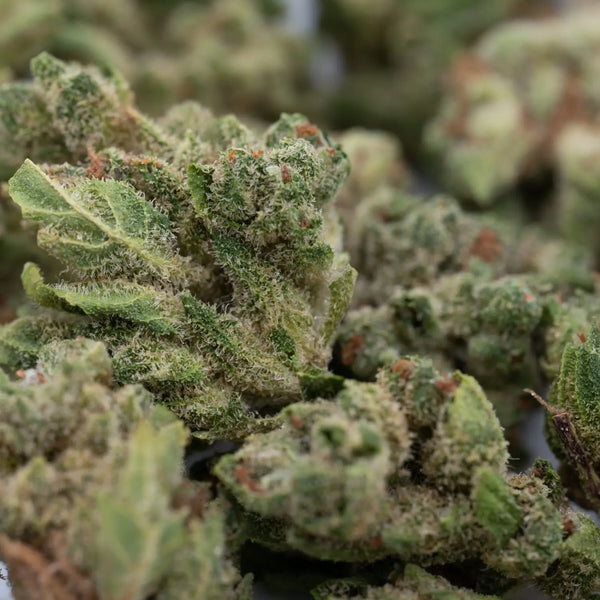
The transformation from THCA to THC represents one of the most fundamental processes in cannabis consumption, yet many users remain unaware of this crucial conversion happening in their trichomes every time they light up. This molecular metamorphosis doesn't just change the chemical structure – it unlocks the psychoactive potential that cannabis is famous for while altering the therapeutic profile and storage characteristics of your flower.
Understanding THCA decarboxylation empowers better consumption decisions, storage practices, and extraction techniques. Whether you're interested in preserving raw THCA for its unique benefits, optimizing THCA to THC conversion for maximum psychoactivity, or simply curious about the science behind your favorite plant, this comprehensive guide illuminates the intricate dance between heat, time, and cannabinoid chemistry.
Fresh cannabis trichomes contain primarily THCA, not THC. This isn't just academic trivia – it's practical knowledge that explains why eating raw cannabis won't get you high, why storage temperature matters so much, and why different consumption methods produce varying effects. We'll explore the molecular mechanisms driving this transformation, optimal conditions for conversion or preservation, and practical applications for both consumers and cultivators seeking to maximize their cannabis experience with premium THCA flower products.
The Molecular Dance: THCA vs THC Structure
At the molecular level, THCA vs THC differences center on a single carboxyl group (-COOH), but this small structural variation creates dramatically different effects and properties. THCA (C22H30O4) contains 22 carbon atoms, 30 hydrogen atoms, and 4 oxygen atoms, while THC (C21H30O2) has one less carbon and two fewer oxygen atoms due to the removal of the carboxyl group during cannabinoid activation.
This carboxyl group fundamentally alters how the molecule interacts with the human endocannabinoid system. THCA cannot effectively bind to CB1 receptors in the brain due to its larger size and different shape, explaining its non-psychoactive nature. The carboxyl group creates a more polar molecule that struggles to cross the blood-brain barrier efficiently, limiting central nervous system effects.
THC from THCA, lacking this carboxyl group, achieves the proper molecular geometry to fit CB1 receptors like a key in a lock. This binding affinity, particularly at brain CB1 receptors, produces the characteristic psychoactive effects associated with cannabis consumption. The structural change also affects how the molecule interacts with CB2 receptors throughout the body, influencing therapeutic effects.
The molecular weight difference between THCA (358.47 g/mol) and THC (314.46 g/mol) might seem small, but it represents the loss of CO2 (44.01 g/mol) during decarboxylation process. This loss explains why decarboxylated cannabis weighs slightly less than fresh material and why extraction yields decrease after THCA activation.
Stability differences between these molecules significantly impact storage and handling. THCA demonstrates greater chemical stability than THC, resisting degradation from heat, light, and oxygen exposure. THC readily oxidizes into CBN (cannabinol) under adverse conditions, explaining why improperly stored cannabis loses potency over time.
The biosynthesis pathway in trichomes specifically produces THCA, not THC. Specialized enzymes convert CBGA (cannabigerolic acid) into THCA through specific enzymatic reactions. THC precursor THCA formation only occurs through subsequent decarboxylation, whether through natural aging, heat exposure, or intentional processing.
Solubility characteristics also differ markedly. THCA shows better water solubility due to its polar carboxyl group, while THC demonstrates greater lipophilicity (fat solubility). These properties affect extraction methods, THCA bioavailability, and formulation approaches for different cannabis products available in premium THCA collections.
Understanding these cannabis molecular chemistry differences helps explain why raw cannabis preparations (juicing, tinctures) provide different effects than heated preparations (smoking, vaporizing, edibles), and why storage conditions so dramatically impact final product characteristics.
The Decarboxylation Process: Chemistry in Action
THCA decarboxylation represents a straightforward chemical reaction where heat energy breaks the bond holding the carboxyl group to the THCA molecule, releasing carbon dioxide and water while forming THC. However, the practical application involves complex interactions between temperature, time, moisture content, and environmental conditions that significantly impact efficiency and final product quality.
Temperature Dynamics and Conversion Efficiency
THCA conversion temperature control determines decarboxylation rate and efficiency. The process begins slowly around 200°F (93°C) but accelerates dramatically as temperatures increase. At 220°F (104°C), decarboxylation proceeds at a moderate pace, converting approximately 15% of THCA per hour. Increasing temperature to 240°F (116°C) roughly doubles conversion speed, while temperatures above 300°F (149°C) risk THC degradation into less desirable compounds.
The relationship between decarboxylation time and temperature follows predictable patterns. Lower temperatures require longer exposure times but preserve more terpenes and produce smoother-tasting products. Higher temperatures work faster but may sacrifice flavor compounds and risk overcooking. Most home cannabis decarboxylation guide protocols recommend 240°F for 40 minutes or 220°F for 60 minutes as optimal balance points.
Moisture Content and Heat Distribution
Moisture content significantly influences decarb THCA flower efficiency and outcomes. Completely dried cannabis (below 10% moisture) decarboxylates faster but risks burning and terpene loss. Slightly moist material (10-15% moisture) provides more even heating and better terpene retention but requires longer processing times. The steam produced by moisture helps distribute heat evenly throughout the material.
THCA heat activation requires careful attention to heat distribution challenges that affect home and commercial processing alike. Uneven heating creates hot spots where THC degrades while leaving cool areas with unconverted THCA. Proper techniques include:
- Grinding material for even heat penetration
- Using low oven temperatures with frequent stirring
- Employing double-boiler methods for gentle heating
- Utilizing specialized decarboxylation appliances for precise control
Monitoring Progress and Safety
Monitoring decarboxylate THCA progress requires careful observation since visual changes occur gradually. Fresh material appears green and maintains original texture. As decarboxylation progresses, colors shift toward golden brown, materials become more brittle, and aromatic changes become noticeable. Over-processing produces dark brown colors, harsh odors, and significantly reduced potency.
THCA to THC conversion efficiency factors determine final conversion rates. Home methods typically achieve 60-80% conversion under optimal conditions, while commercial equipment can reach 90%+ efficiency. Factors affecting efficiency include material preparation (grinding), temperature accuracy, time duration, moisture management, and equipment design.
Safety considerations include proper ventilation (CO2 release), temperature monitoring (fire prevention), and equipment selection (food-safe materials). The cannabis decarb process produces distinctive odors that may require consideration in residential settings.
How Trichomes Change During Heating
The physical transformation of trichomes during THCA activation provides visible evidence of the chemical changes occurring within these microscopic structures. These observable changes help processors monitor progress and optimize conditions for desired outcomes when working with quality THCA flower strains.
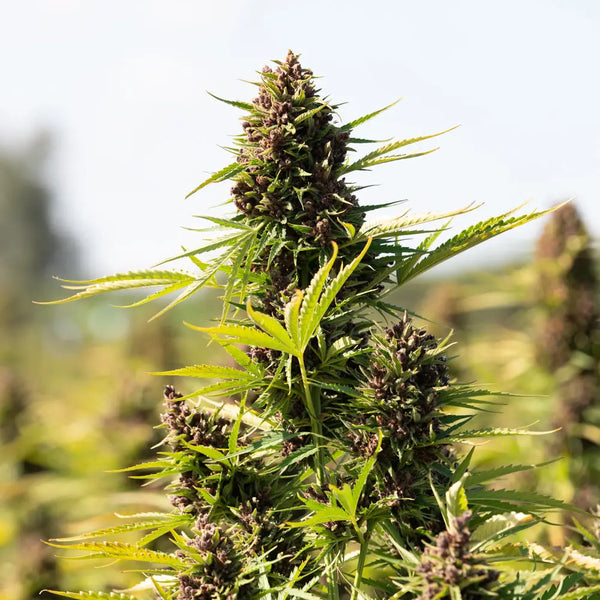
Initial Trichome State and Early Changes
THCA molecular structure analysis shows clear to cloudy, intact spherical heads filled with viscous resin containing primarily THCA, terpenes, and other cannabinoids. Fresh trichomes appear translucent under magnification, with clearly defined boundaries between the head and stalk. The resin appears thick and sticky, adhering strongly to the trichome walls.
Early heating effects (200-220°F) begin with subtle changes in trichome appearance. The resin becomes more fluid as heat reduces viscosity, allowing better mixing of compounds within each trichome head. Colors may shift slightly toward golden hues as chemical reactions begin. Trichome structure remains largely intact during this phase.
Active Decarboxylation and Structural Changes
Active decarboxylation (220-260°F) produces more dramatic visual changes during convert THCA to THC processes. Trichome contents become increasingly fluid and mobile, sometimes appearing to bubble or foam as CO2 escapes from THCA conversion. Colors deepen toward amber or golden brown as chemical transformations progress. Some trichome heads may begin to collapse or deflate as internal pressure changes.
THCA activation without losing terpenes requires managing terpene volatilization that occurs simultaneously with decarboxylation. Lower-boiling terpenes (like limonene and pinene) begin evaporating around 220°F, potentially creating small vapor bubbles within trichomes. This loss affects both flavor and the entourage effect, explaining why over-processed cannabis may taste harsh or lose complexity.
Color Evolution and Quality Indicators
Structural changes become more pronounced as heating continues. Trichome stalks may darken and become brittle as supporting structures break down. Head integrity decreases, with some trichomes rupturing and releasing contents onto surrounding plant material. This release can actually benefit final products by distributing activated compounds more evenly.
Color evolution follows predictable patterns during processing. Clear trichomes progress through cloudy white, light golden, medium amber, to dark brown stages. Optimal temperature for THCA conversion typically occurs in the light to medium golden range, before excessive browning indicates degradation.
Over-processing indicators include very dark brown or black coloration, complete trichome collapse, harsh chemical odors, and excessive brittleness. These signs indicate THC degradation into less desirable compounds and suggest processing parameters need adjustment for quality THCA products.
Effects on Potency and Bioavailability
The transformation from raw THCA vs activated THC fundamentally alters both the potency profile and bioavailability characteristics of cannabis products, creating significant differences in onset time, duration, and intensity of effects.
Psychoactive Potency Changes
THCA vs THC effects represent the most obvious transformation. Raw THCA provides minimal psychoactive effects due to poor CB1 receptor binding, while properly decarboxylated THC delivers full psychoactive potential. However, this conversion isn't always 100% efficient – typical home decarboxylation achieves 60-80% conversion, meaning some THCA remains unconverted in final products.
Bioavailability improvements occur because THC crosses biological membranes more effectively than THCA. The removal of the polar carboxyl group increases lipophilicity, improving absorption through digestive tract walls, lung tissue, and mucous membranes. This enhanced absorption explains why decarboxylated edibles produce stronger effects than raw cannabis preparations.
Onset and Duration Characteristics
Onset characteristics differ significantly between THCA and THC delivery methods. Raw THCA benefits include slower onset times (1-3 hours) due to limited absorption and potential for small amounts of natural decarboxylation in the digestive system. Properly decarboxylated THC products demonstrate faster, more predictable onset times.
Duration profiles also vary between cannabinoid forms. THCA may provide longer-lasting but milder effects due to different metabolic pathways and receptor interactions. THC produces more intense but potentially shorter-duration effects, particularly when vaporized or smoked versus consumed orally.
Therapeutic Implications and Dosing
Therapeutic implications expand with decarboxylation as THC activates different therapeutic pathways than THCA. While THCA demonstrates anti-inflammatory and neuroprotective properties, THC provides additional benefits for appetite stimulation, nausea reduction, and pain management through CB1 receptor activation.
Dosing considerations become more predictable with decarboxylated products due to consistent bioavailability. Raw THCA products require different dosing strategies due to variable conversion rates in individual digestive systems and uncertain absorption characteristics.
Preserving THCA vs Converting to THC
Strategic decisions about preserving THCA in cannabis versus converting to THC depend on intended use, desired effects, and storage requirements. Each approach offers distinct advantages and requires specific handling techniques when working with premium THCA flower varieties.
THCA Preservation Benefits and Techniques
Preserving THCA in cannabis benefits include longer storage stability, unique therapeutic properties, non-psychoactive effects, and potential legal advantages in some jurisdictions. Raw THCA demonstrates anti-inflammatory, antiemetic, and neuroprotective properties distinct from THC effects.
Preservation techniques include:
- Cold storage (refrigeration at 32-40°F)
- Minimal light exposure using opaque containers
- Moisture control (55-62% relative humidity)
- Airtight containers to prevent oxidation
- Avoiding heat exposure above 200°F
THC Conversion Advantages and Methods
THC conversion advantages encompass predictable psychoactive effects, improved bioavailability, enhanced therapeutic range, and better extraction efficiency for many applications. Best methods to convert THCA range from gentle heating (220°F for 60 minutes) to rapid processing (280°F for 15 minutes), depending on time constraints and quality requirements.
THCA decarboxylation at home methods include:
- Oven decarboxylation with precise temperature control
- Sous vide techniques for consistent heating
- Specialized decarboxylation appliances
- Double-boiler methods for gentle processing
Hybrid Approaches and Partial Conversion
Partial THCA decarboxylation techniques allow optimization of specific cannabinoid ratios. Some processors intentionally under-decarboxylate to maintain both THCA and THC in final products, providing broader therapeutic profiles and more complex effects.
How to decarboxylate THCA flower for partial conversion involves:
- Lower temperatures (200-220°F)
- Shorter processing times (20-30 minutes)
- Frequent monitoring of color changes
- Testing for desired THCA:THC ratios
Practical Applications and Techniques
Understanding how to decarboxylate THCA flower enables optimization for specific applications and desired outcomes. Different methods suit various needs, from preserving delicate terpenes to maximizing THC conversion efficiency.
Home Decarboxylation Methods
THCA decarboxylation at home requires careful attention to temperature control and timing. The most common methods include:
Oven Method: Preheat oven to 240°F (116°C). Spread ground cannabis evenly on parchment-lined baking sheet. Bake for 40 minutes, stirring every 10 minutes for even heating. Monitor color changes from green to golden brown.
Sous Vide Method: Vacuum seal cannabis in food-grade bags. Set water bath to 203°F (95°C) for 90 minutes. This method provides precise temperature control and prevents terpene loss through evaporation.
Double Boiler Method: Place cannabis in mason jar, seal tightly. Simmer in water bath at 220°F (104°C) for 60-90 minutes. This gentle method preserves more terpenes while achieving consistent conversion.
Commercial Processing Techniques
Commercial operations utilize specialized equipment for optimal temperature for THCA conversion control and batch consistency. Industrial decarboxylation systems maintain precise temperature profiles, controlled atmosphere conditions, and automated monitoring for quality THCA flower processing.
Continuous monitoring systems track:
- Internal product temperature
- Processing time duration
- Moisture content changes
- CO2 release rates
- Visual appearance changes
Quality Control and Testing
THCA to THC conversion efficiency monitoring requires regular testing throughout the process. Laboratory analysis confirms conversion percentages and helps optimize processing parameters for consistent results.
Key testing parameters include:
- Initial THCA content baseline
- Conversion percentage at time intervals
- Final THC potency verification
- Terpene retention analysis
- Degradation product formation
Storage and Stability Considerations
The choice between raw THCA vs activated THC significantly impacts storage requirements and product stability over time. Understanding these differences helps maintain product quality and potency.
THCA Storage Requirements
Preserving THCA in cannabis demands strict environmental controls to prevent unwanted decarboxylation. Optimal storage conditions include:
- Temperature: 32-40°F (refrigerated)
- Humidity: 55-62% relative humidity
- Light: Complete darkness or amber containers
- Atmosphere: Nitrogen flushing to eliminate oxygen
- Containers: Airtight, food-grade materials
THC Product Stability
Decarboxylated THC products demonstrate different stability characteristics requiring modified storage approaches. THC readily degrades through oxidation, light exposure, and heat, forming less desirable compounds like CBN.
Optimal THC storage involves:
- Cool, dark environments (below 70°F)
- Airtight containers with minimal headspace
- Desiccant packets for moisture control
- UV-protective packaging materials
- Regular potency monitoring over time
Advanced Techniques and Innovations
Modern cannabis processing continues evolving with new technologies and refined techniques for THCA activation without losing terpenes and optimizing cannabinoid profiles.
Controlled Atmosphere Processing
Partial THCA decarboxylation techniques benefit from controlled atmosphere systems that regulate oxygen levels during processing. Reduced oxygen environments prevent THC degradation while maintaining conversion efficiency.
Modified atmosphere packaging extends shelf life by:
- Reducing oxidation reactions
- Preventing mold and bacteria growth
- Maintaining terpene profiles longer
- Preserving product appearance and texture
Microwave-Assisted Decarboxylation
Recent innovations include microwave-assisted techniques for rapid, controlled THCA heat activation. These methods provide:
- Reduced processing times (5-10 minutes)
- More even heating distribution
- Better energy efficiency
- Precise temperature control
Supercritical CO2 Processing
Commercial operations increasingly utilize supercritical CO2 for convert THCA to THC applications. This method offers:
- Solvent-free processing
- Precise temperature and pressure control
- Selective compound extraction
- Minimal thermal degradation
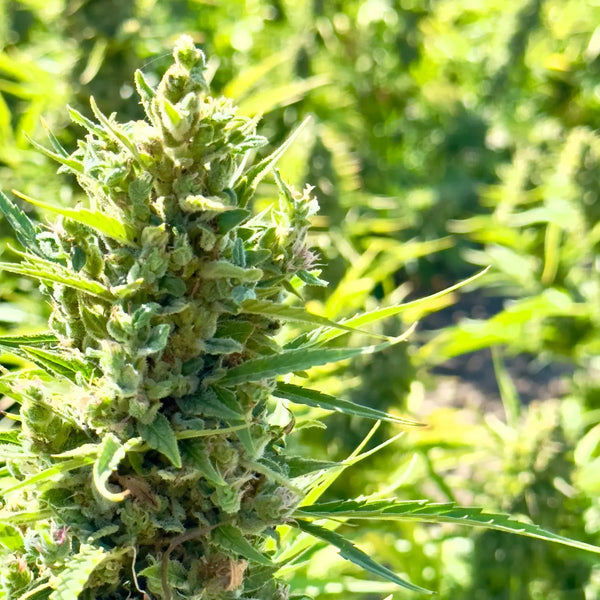
Frequently Asked Questions
What's the difference between THCA and THC?
THCA vs THC differences center on molecular structure and effects. THCA contains a carboxyl group that prevents psychoactive effects and CB1 receptor binding. THC, formed through decarboxylation, lacks this group and produces the characteristic cannabis "high" through effective CB1 receptor activation.
How do you convert THCA to THC at home?
How to decarboxylate THCA flower at home involves controlled heating. The most reliable method uses an oven at 240°F (116°C) for 40 minutes. Grind the cannabis, spread evenly on parchment paper, and monitor color changes from green to golden brown. Quality THCA flower products provide optimal starting material for home conversion.
What temperature converts THCA to THC?
The optimal temperature for THCA conversion ranges from 220-260°F (104-127°C). Lower temperatures (220°F) preserve more terpenes but require longer processing times (60-90 minutes). Higher temperatures (240-260°F) work faster (30-45 minutes) but may sacrifice some flavor compounds.
How long does THCA decarboxylation take?
Decarboxylation time and temperature follow inverse relationships. At 220°F, expect 60-90 minutes for complete conversion. At 240°F, 40-50 minutes typically suffices. At 260°F, 30-40 minutes provides full activation. Always monitor visual changes and avoid over-processing.
Can you preserve THCA without conversion?
Yes, preserving THCA in cannabis requires strict environmental controls. Store at refrigerated temperatures (32-40°F), maintain 55-62% humidity, eliminate light exposure, and use airtight containers. These conditions prevent unwanted THCA heat activation and maintain the non-psychoactive cannabinoid profile.
What are the benefits of raw THCA?
Raw THCA benefits include anti-inflammatory properties, neuroprotective effects, antiemetic (anti-nausea) action, and non-psychoactive therapeutic potential. Raw THCA may support immune function and provide therapeutic benefits without impairing cognitive function or producing psychoactive effects.
How efficient is home THCA decarboxylation?
THCA to THC conversion efficiency in home settings typically ranges from 60-80% under optimal conditions. Commercial equipment achieves 90%+ efficiency through precise temperature control, consistent heating, and atmospheric management. Proper technique and quality starting material improve home conversion rates.
Does decarboxylation destroy terpenes?
THCA activation without losing terpenes requires careful temperature management. Many terpenes begin volatilizing around 220°F, so lower temperatures and reduced processing times help preserve aromatic compounds. Some terpene loss is inevitable, but proper technique minimizes degradation while achieving adequate conversion.

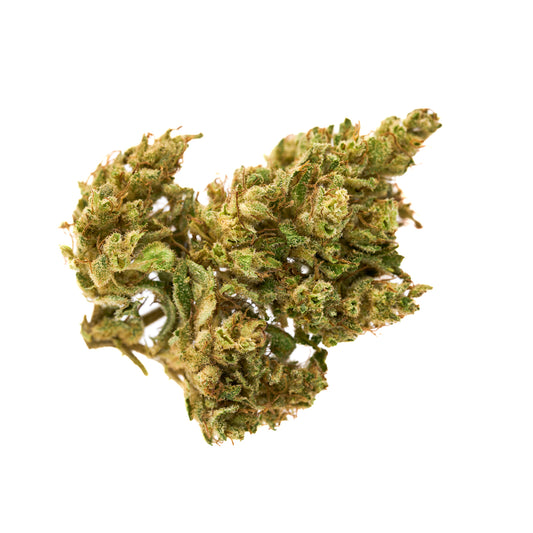
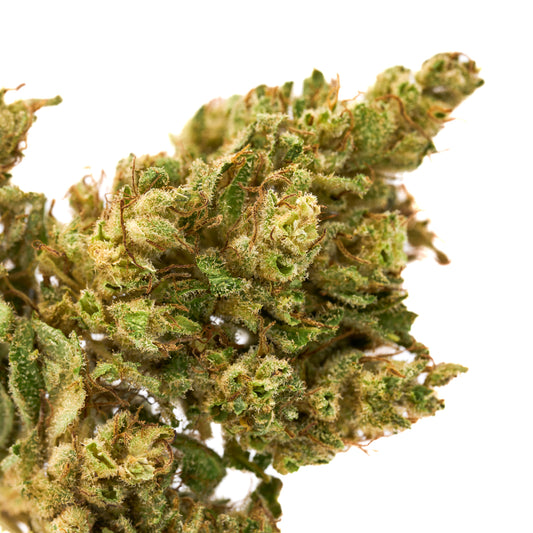
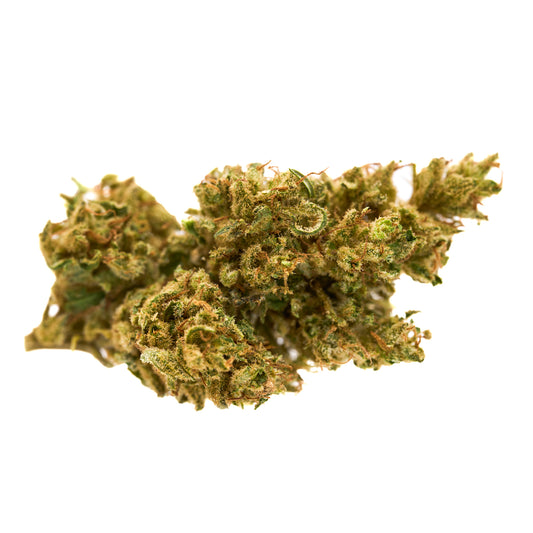
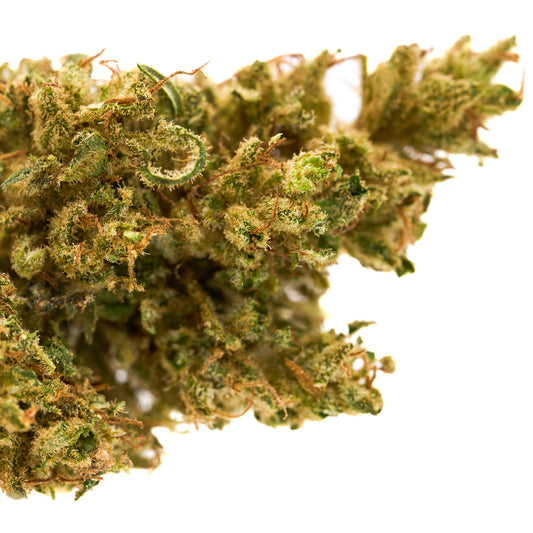
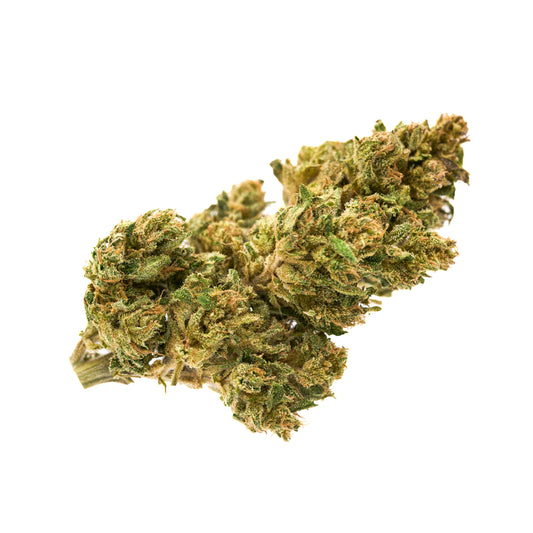
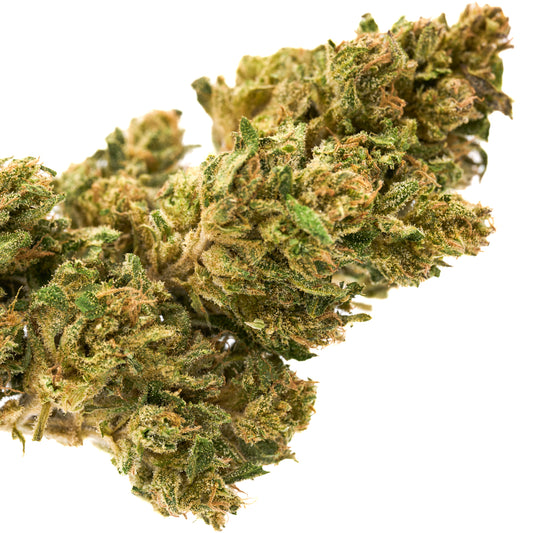



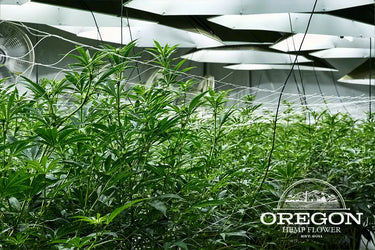

Leave a comment
Please note, comments need to be approved before they are published.